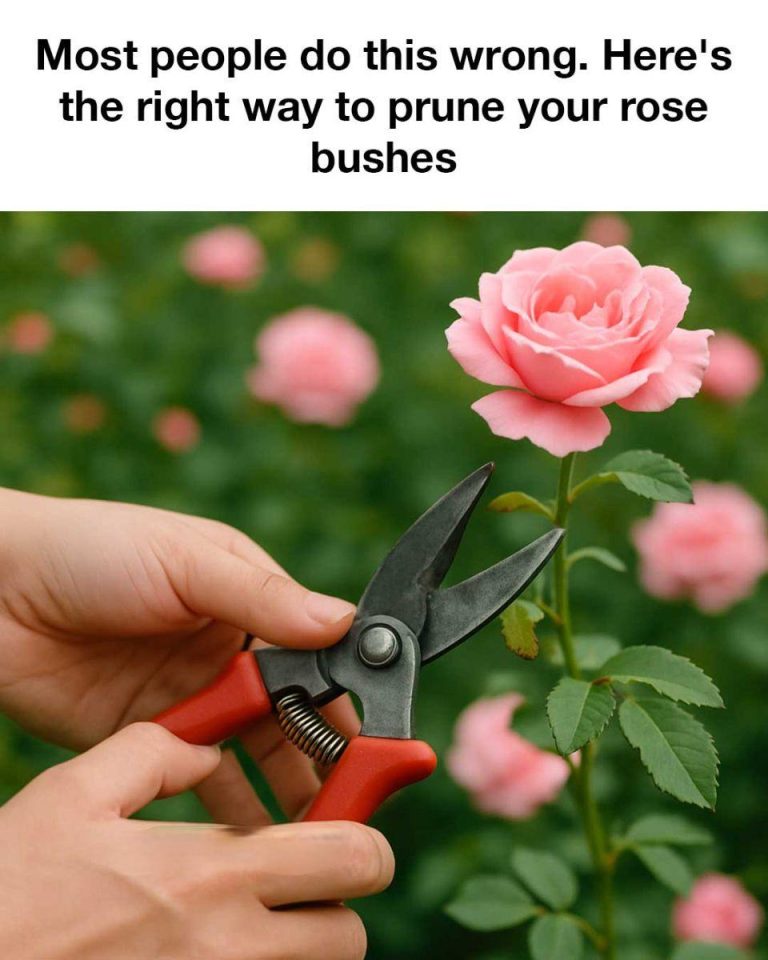6. The Right Technique for Cutting Branches
When cutting branches, it’s important to make clean, angled cuts just above a bud that faces outward. This encourages new growth to develop away from the center of the plant, promoting better air circulation. The angle should be about 45 degrees, sloping away from the bud to prevent water from collecting on the cut surface.
Avoid cutting too close to the bud, as this can damage it and prevent new growth. Conversely, leaving too much of a stub can lead to dieback. Aim to leave about 1/4 inch above the bud. If you’re removing an entire cane, cut it back to the base of the plant, just above the bud union or graft.
7. How to Shape Your Rose Bush for Optimal Growth
Shaping your rose bush involves creating an open, vase-like structure that allows light and air to reach all parts of the plant. Start by removing any dead, diseased, or crossing branches. Then, focus on thinning out the center of the bush to improve airflow.
When shaping, aim to leave 4-6 strong canes that are evenly spaced around the plant. These should be pruned to an outward-facing bud to encourage growth away from the center. The height of the canes can vary depending on the type of rose, but generally, they should be cut back by about one-third to one-half of their height.
8. Viral Pruning Hacks: What Works and What Doesn’t
There are many viral pruning hacks circulating online, but not all of them are effective. One popular hack is using cinnamon as a natural fungicide on cut surfaces. While cinnamon does have antifungal properties, it’s not a substitute for proper sanitation and care.
Another hack is using household vinegar as a weed killer around roses. While vinegar can kill weeds, it can also harm your roses if it comes into contact with the foliage. Always test any new hack on a small area before applying it widely. Stick to proven methods and consult reliable gardening resources for the best results.
